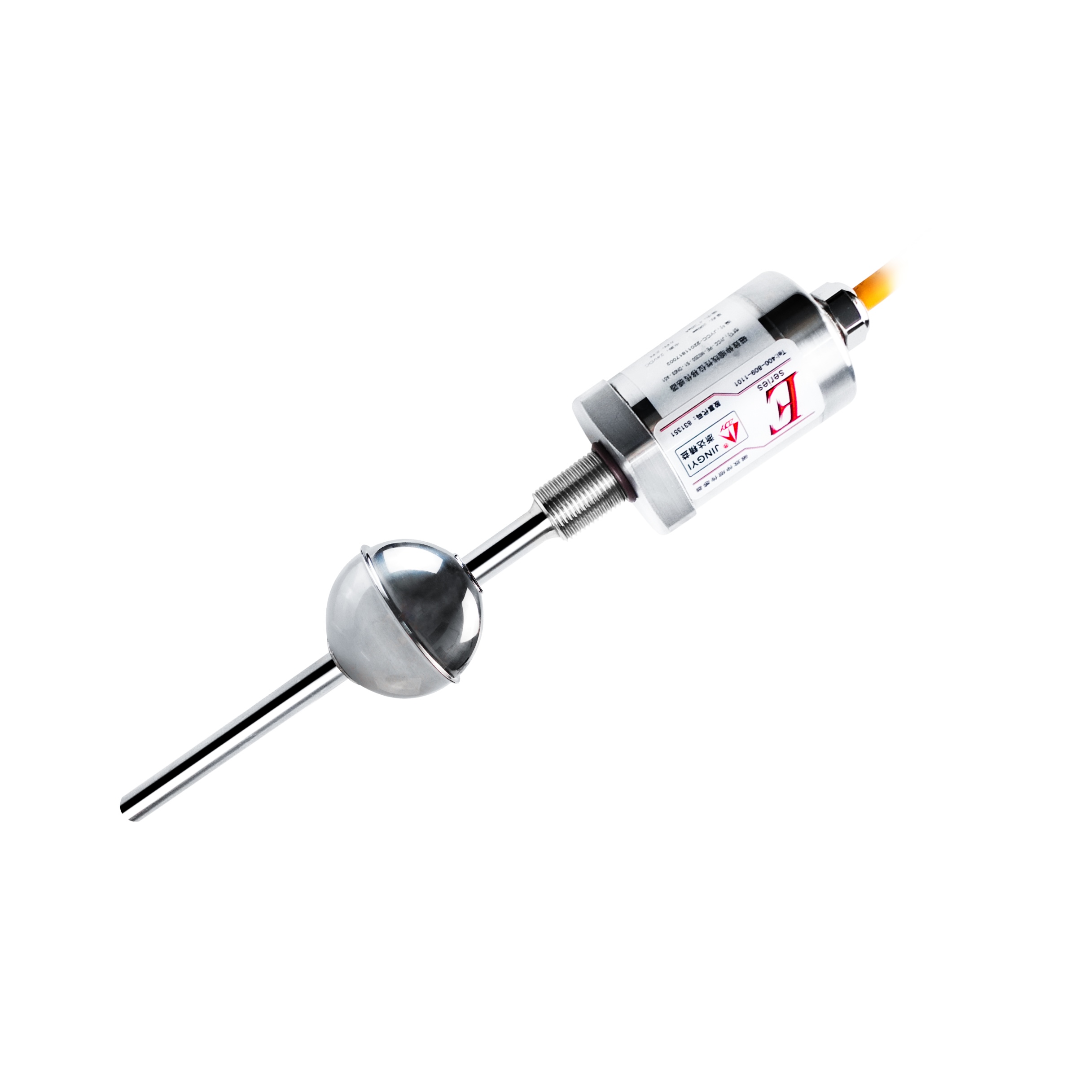How to use magnetostrictive sensors in harsh environments?
Magnetostrictive sensors represent a pinnacle of precision measurement technology, utilizing the interaction between magnetic fields and ferromagnetic materials to deliver accurate position and level data. Their non-contact operating principle makes them inherently suitable for challenging applications where reliability is paramount. This robust foundation allows them to outperform many conventional sensing technologies when deployed in less-than-ideal conditions, providing critical data where it's needed most.
Understanding the Robust Design of Magnetostrictive Sensors
The exceptional performance of magnetostrictive sensors in harsh environments stems from their fundamental design. The sensing element, a magnetostrictive waveguide, is typically sealed within a protective housing made from stainless steel or other high-strength alloys. This construction provides inherent resistance to physical impact, moisture, and corrosive substances. Furthermore, the electronics are potted or encapsulated to shield them from vibration, shock, and electrical interference, ensuring signal integrity even in the presence of heavy machinery or variable frequency drives.
Selecting the Right Sensor for Specific Harsh Conditions
Not all harsh environments are created equal, and sensor selection must be precise. For high-temperature applications exceeding standard ratings, specialized models with high-temperature waveguides and heat-resistant seals are essential. In chemically corrosive settings, such as chemical processing plants, specifying housings and seals made from Hastelloy or Teflon-coated materials is critical. For environments with high levels of vibration or potential for physical abuse, sensors with robust mounting options and reinforced housings should be prioritized to prevent premature failure.
Proper Installation Techniques for Maximum Durability

Correct installation is as crucial as sensor selection. Ensuring a secure and stable mount minimizes stress on the sensor body, protecting it from the damaging effects of constant vibration. Conduit entries or cable glands must be properly sealed to prevent the ingress of moisture, dust, or oils, which are common causes of sensor malfunction. Electrical connections should be made following manufacturer guidelines, often requiring shielded cables grounded at a single point to eliminate noise that can distort the sensitive timing measurements these sensors rely on.
Implementing Protective Measures and Regular Maintenance
To further extend service life, additional protective measures can be employed. Protective sleeves or guards can shield the sensing rod from direct impact or abrasive materials. In extremely dirty or wet environments, air purges can keep the immediate area around the sensor clean. A proactive maintenance schedule, including regular visual inspections for physical damage and checks of seal integrity, helps identify potential issues before they lead to catastrophic failure, ensuring continuous and reliable operation.
Real-World Applications and Performance Validation
The true test of any technology is its performance in the field. Magnetostrictive sensors are successfully deployed in hydraulic systems subject to extreme pressure cycles, metal casting operations with intense heat, and offshore drilling platforms battling saltwater corrosion. Their ability to maintain micron-level accuracy in these conditions validates their design. By understanding their capabilities and limitations, engineers can confidently integrate these sensors into systems where failure is not an option, securing long-term operational efficiency and safety.
 UpgradingYourLevelMeasurementS
UpgradingYourLevelMeasurementS
 Why are magnetostrictive level
Why are magnetostrictive level
 ComparingMagnetostrictiveandRa
ComparingMagnetostrictiveandRa
 MagnetostrictiveLevelSensorfor
MagnetostrictiveLevelSensorfor
